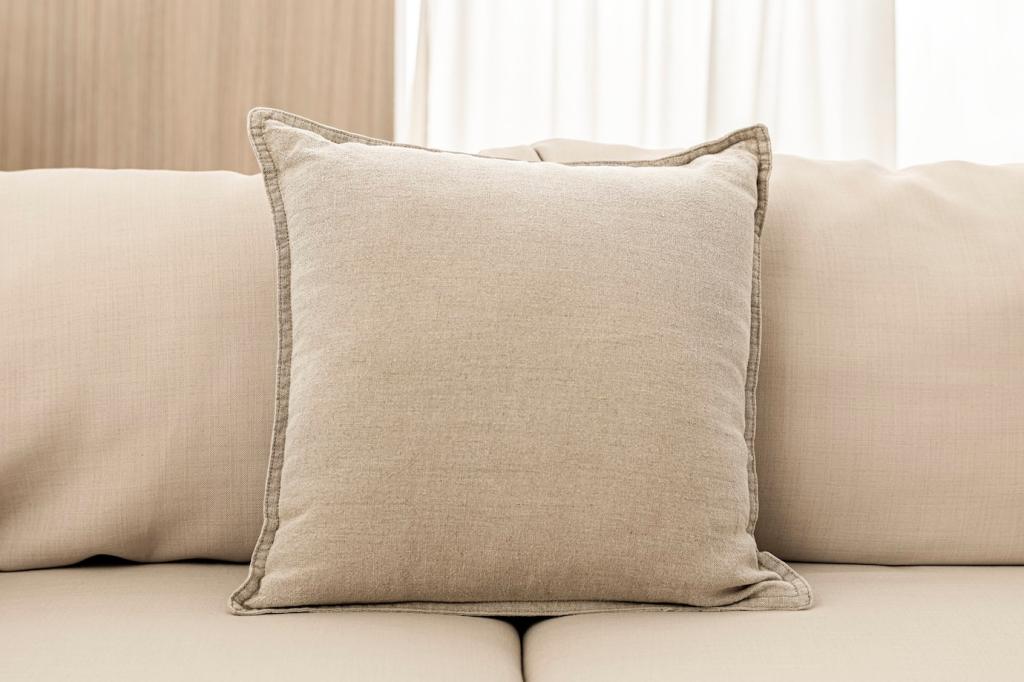Innovative Recycled Textiles
Innovative recycled textiles represent a significant leap forward in both fashion and sustainability. By transforming post-consumer waste and discarded fabrics into new, high-quality materials, the textile industry not only reduces landfill waste but also conserves precious natural resources. This approach encourages a circular economy, promoting the inspiration and ingenuity needed to create beautiful, functional, and environmentally friendly products. As consumers become more conscious of their environmental impact, the demand for recycled textiles continues to surge, reshaping the future of apparel, interiors, and even technical fabrics.

In the early days of textile recycling, methods were basic and largely mechanical. Waste fabrics were simply collected, sorted, and shredded into fiber or padding materials. These fibers would then be repurposed primarily for industrial use rather than for high-quality garments. The process had significant limitations, often resulting in inferior-quality fibers that were shorter and less durable than their virgin counterparts. Despite its drawbacks, these early methods provided the foundation for a new approach to textile production, paving the way for more advanced processes as environmental awareness and technology progressed.

Recent technological breakthroughs have revolutionized textile recycling. Mechanical recycling methods have become more sophisticated, allowing for the production of higher-quality fibers from old garments and waste materials. Even more transformative has been the advent of chemical recycling, where synthetic and cellulosic fibers are broken down at the molecular level and reconstituted into new yarns. These innovations have opened the door to closed-loop manufacturing systems, reducing dependence on virgin resources and making recycled fabrics nearly indistinguishable from new materials in look and feel.

As recycled textiles have improved in quality and availability, they have found their way into mainstream fashion. Leading brands and designers now incorporate recycled fibers into collections, proving that sustainability and style can coexist. This shift has been largely driven by consumer demand for ethical production and transparency. Today, recycled textiles are celebrated not just as eco-friendly alternatives, but also as desirable materials in their own right, inspiring creativity and new aesthetic possibilities within the global fashion landscape.
Recycled polyester, often derived from post-consumer PET plastic bottles, has become a cornerstone of the modern sustainable textile movement. By collecting, cleaning, and melting plastic waste, manufacturers are able to spin it into fine, versatile fibers suitable for performancewear, fashion, and home textiles. The process drastically reduces energy consumption and carbon emissions compared to manufacturing virgin polyester, without compromising strength or function. The continued development of recycled synthetics not only diverts plastics from oceans and landfills but also demonstrates the potential for circular design in synthetic textile production.
Pioneering Materials and Processes
Reducing Waste and Landfill Burden
Textile waste is a mounting global issue, with millions of tons discarded annually. Recycled textiles provide a practical solution by diverting unwanted garments, scraps, and post-consumer materials from landfill and giving them renewed purpose. This not only helps reduce the environmental footprint of fashion but also encourages brands and consumers alike to embrace a mindset of reuse and resourcefulness. By incorporating recycled materials at scale, the industry can mitigate waste streams and move closer to closed-loop production systems.
Conservation of Natural Resources
Producing textiles from virgin resources—whether cotton fields or petrochemical factories—consumes vast amounts of water, energy, and raw materials. Recycling existing textiles or converting waste materials into new fibers significantly reduces these demands. For instance, recycled polyester manufacturing uses up to 50% less energy than its conventional counterpart, while regenerating cotton saves millions of liters of water. The ability to conserve natural resources without compromising quality marks a pivotal advantage of recycled textiles in a resource-constrained world.
Lowering Carbon Footprint
One of the most notable environmental advantages of recycled textiles is the substantial reduction in greenhouse gas emissions. By shortening supply chains, utilizing waste as raw material, and leveraging energy-efficient processes, recycled textile production emits far fewer emissions than traditional methods. This lower carbon footprint is especially critical as the fashion and textile industries work to align with global climate goals. Transitioning to recycled textiles allows companies to measure, report, and reduce their climate impact, contributing to broader decarbonization efforts.
Join our mailing list
